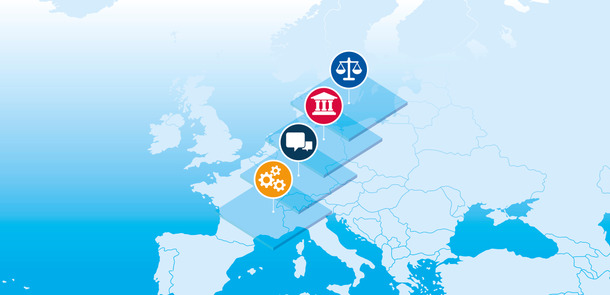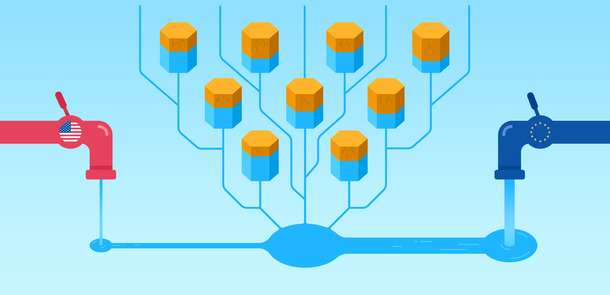Demographic types classify Germany’s cities and towns into groups based on indicators that document their demographic, economic and social development. The following text provides detailed information on the communities’ potential and challenges, as well as the concrete responses that result from the situation faced by each group.
Germany’s communities are developing very differently, both socioeconomically and demographically. Multiple factors influence their development, factors that, taken as a whole, make specific responses necessary. These factors are closely related to demographic structures and trends, but they also have to do with the communities’ social structures, financial resources and geographic location, whether a town is located near a major metropolitan area, or in a more rural setting.
Why is identifying demographic types necessary?
Classifying communities by demographic type reduces the complexity of the situation. The classification makes it possible to analyze a large number of cities and towns (in this case some 3,000) according to the applicable factors. Once a city or town has been assigned to a specific group, it becomes possible to derive the appropriate responses for the community’s specific situation. At the same time, classification by demographic type increases transparency.
Demographic types
The following are the nine demographic types for communities:
Demographic Type 1 – Smaller stable rural cities and towns
Demographic Type 2 – The knowledge society’s socially heterogeneous centers
Demographic Type 3 – Prosperous communities near dynamic economic centers
Demographic Type 4 – Stable communities further away from major centers
Demographic Type 5 – Cities and towns in rural areas with weak infrastructure
Demographic Type 6 – Less dynamic midsized communities near larger centers or in rural settings
Demographic Type 7 – Urban centers undergoing heterogeneous economic and social change
Demographic Type 8 – Aging smaller communities under pressure to adapt
Demographic Type 9 – Rapidly shrinking communities under great pressure to adapt
Methodology
The classification was carried out based on Wegweiser Kommune (Community Roadmap) data for the years 2007 and 2008. In a first step, the characteristics of the designated socio-economic and demographic indicators were analyzed and then aggregated. These factors were then used as part of a classification process to group 2,915 of Germany’s 2,926 communities (those officially recognized as such in 2009) with more than 5,000 inhabitants into a total of 9 demographic types.
The goal of this process is to group the communities in a way that minimizes the differences of those belonging to the same type, while maximizing differences between types.
The description of strategic approaches for each type is meant only as a general guideline. The classification process does not alter the need to examine each community’s particular situation. Specific strategies must be developed on site in each community. More information is available on the Wegweiser Kommune (Community Roadmap) website, which you can access here:
http://www.bertelsmann-stiftung.de/de/themen/demokratie-gestalten/bund-laender-und-kommunen/statistisches-fruehwarnsystem/




